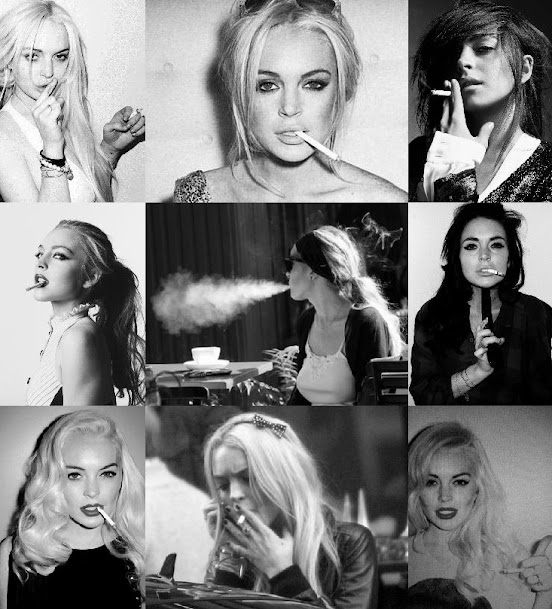Monochrome (pronounced
mon-uh-krohm)
(1) A painting or drawing in different shades of
a single color (now rare).
(2) The art or technique of producing such a
painting or drawing.
(3) The state or condition of being painted,
decorated, etc, in shades of a single color.
(4) A “black-and-white” photograph or
transparency (an image reproduced in tones of gray.
(5) By analogy, something devoid of any
distinctive or stimulating characteristics; bland or colourless.
(6) In ceramics, a ceramic glaze of a single
colour; an object so glazed.
1655-1665: From the Medieval Latin monochrōma (painting
or drawing done in different tints of a single color) from
the Ancient Greek μονόχρωμος (monókhrōmos
or monokhrōmatos) (of the
one colour), the construct being μόνος (mónos)
(one; single; alone), from the primitive Indo-European root men- (small, isolated) + χρῶμα (khrôma) (genitive khrōmatos) (colour;
complexion, skin). In
Classical Latin, the most-used form was monochromos
(literally “having one color”). The
sense it’s understood in photography dates from 1940 when (presumably almost
instantly), the verbal shorthand became “mono”, exactly the same pattern of use
when the need arose to distinguish between color printers and those using only
black consumables. The word
was used as an adjective after 1849 although monochromatic (of one
color, consisting of light of one wavelength and probably based either on the French
monochromatique or the Ancient Greek monokhrōmatos) had been used thus since at
least 1807 (presumably it pre-dated this because the adverb monochromatically
is documented since 1784. The
alternative forms are both self-explanatory: unicolour used usually single
solids and monotint, rare and used
mostly as a technical term in art-production where, properly, it describes a reproduction
of a multi-color image using just shades of a single color. Monochrome is a noun & adjective, monochromaticity,
monochromy & monochromist are nouns, monochromic is an adjective and monochromatically
is an adverb.
Monochromic images of Lindsay Lohan smoking.
In the narrow
technical sense, a monochromic image is composed of one colour or values of one
colour (technically also called a monotint).
In modern use, a linguistic paradox exists because an image consisting
of just one colour (eg red, yellow, blue etc) is not usually described as
monochrome yet most images rendered in multiple gradations of gray-scale (just
about any image described as black & white) almost always are. For most purposes, in casual use, monochrome
versus colour is a binary describing both the devices used in the production
process and the output. There’s also a
scientific quirk. Monochromatic light is
electromagnetic radiation of a single frequency but, no source of this exists because
that would demand a wave of infinite duration which the laws of physics don’t
permit.
In
fashion, the monochromatic is a place on the continuum of tonality, the effect at
its most dramatic when tied to a model’s skin-tone, hair and eye-color. In truth, what matters most is sometimes less
how she appears in the flesh than how well the effect translates to photographs,
something complicated by certain combinations suffering under natural light and
suited only to artificial environments.
For that reason, when the most uncompromising monochrome ensembles are
seen, there’s always the suspicion filters and post-production have played a
part.
Lindsay Lohan at the Christian Siriano Fall 2023 show, New York Fashion Week, February 2023.
Slurring effortlessly into the auburn hair, the satin two-piece used shades of copper, burnt orange and peach, the spectrum not disturbed by anything intrusive, a shimmering peach-infused copper eye shadow with flared lashes blended by chocolate eye pencil, a luminescent focus achieved with satin glossed lips while apricot blush and bronzer was applied with an austerity which many should emulate; all part of the monochromatic moment.



No comments:
Post a Comment